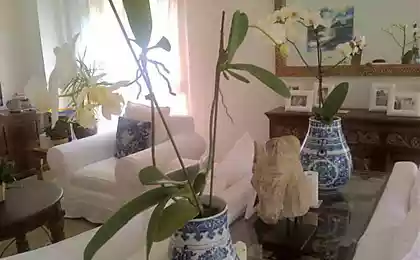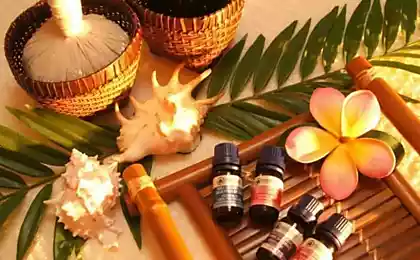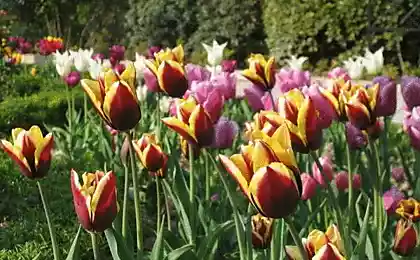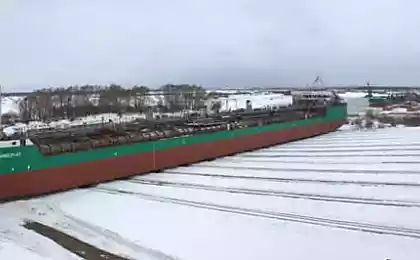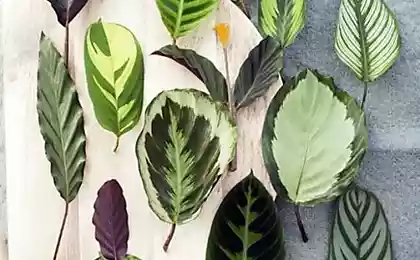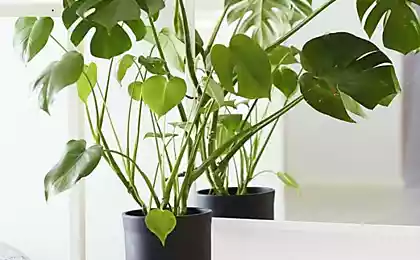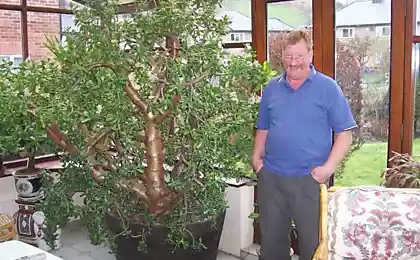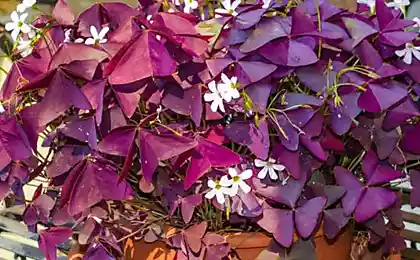266
Added a few drops to the water and watered orchids, now on the windowsill a real flower waterfall
Flowers have surrounded us since ancient times. They have long since ceased to be uninteresting. Today, every house has at least one exotic flower or an interesting exposition. And probably every hostess has at least one orchid. These unusual graceful flowers have long won the hearts of millions of people. They are often given to relatives and friends, colleagues at work. Orchids can be found on almost every windowsill. And although the flower itself is unpretentious, the orchid still requires decent care.
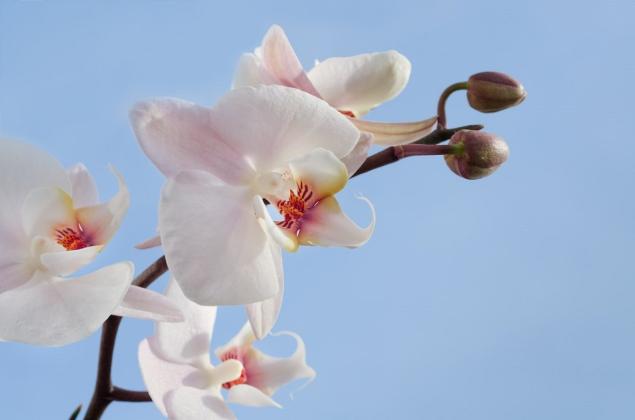
Owners of a tropical flower often complain that orchid doesn't bloom Again. And so the editorial board. "Site" I put together some orchid care recipes for you today. Thanks to these tricks, the orchid will delight you with abundant flowering every year.
Most often in our stores there is an orchid of white or purple color. It is the simplest and most common orchid species in the world. More exotic colors such as orange, blue, with different patterns and color transitions are largely the result of chemical coloring of colors.
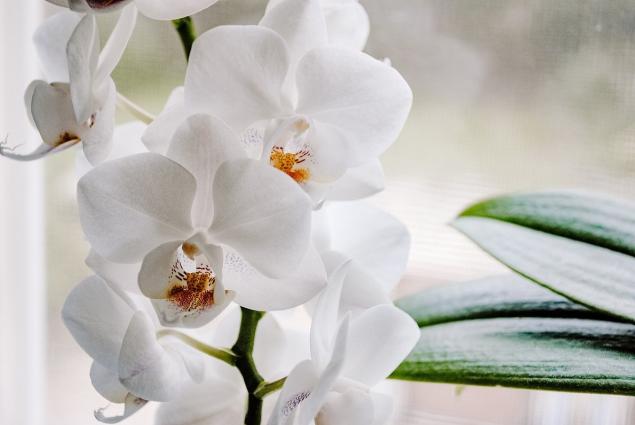
So what should be done for the active growth and flowering of orchids? Watering is the most important procedure for any flower. Each flower should have its place in the apartment. For example, an orchid does not like to be in the shade, so it is better to put it on the windowsill from the sunny side. But the orchid does not like direct sunlight. It has very delicate leaves and roots that are quickly burned in the sun. The ideal place for an orchid can be the eastern side of the apartment. Also, this exotic flower does not like drafts.
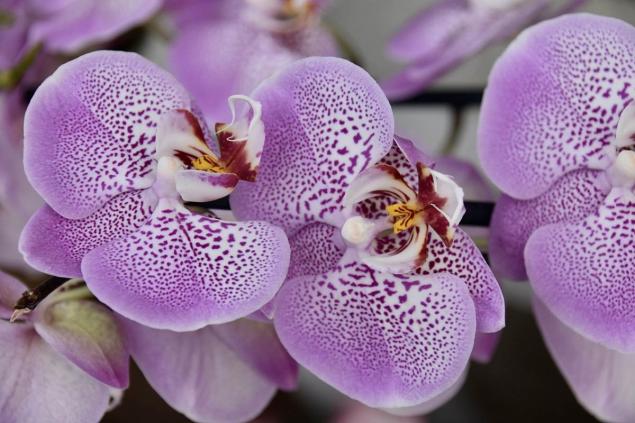
The homeland of orchids is the tropics, so she does not like too high a temperature. Optimal for it will be 20 ° C during the day and 2-3 degrees lower at night. In winter, the temperature should not fall below 10 ° C. The orchid does not grow in normal soil. For her, the ideal substrate will be a mixture of ceramsite, pine bark, high-fiber peat and coconut shavings. Such a substrate still retains moisture well, so the orchid needs less frequent watering.
At the same time, watering orchids should be made using a special technology. First of all, you need to check the state of the root system of the flower. If the roots are green, then the plant has enough moisture, if gray - it's time to water. Better water the orchid in the morning. The water should be settled, at room temperature.
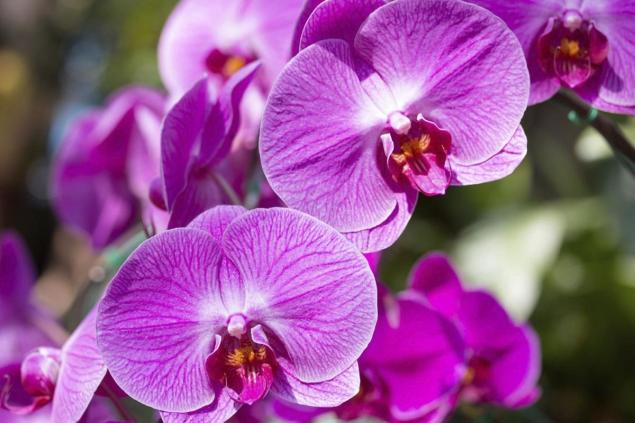
You can slightly acidify the water by adding a few drops of lemon juice. Pour water into a sufficiently deep container, drop a few drops of lemon juice. Take the orchid out of the pot and place it in a container of water. Leave that for 30 minutes. After carefully remove it from the container, let the excess water drain and return the flower to the substrate. Such watering contributes to the active flowering of the flower.

Once a month, you can soak the orchid in a solution of garlic water. In a liter jar, throw 2-3 cloves of garlic and pour boiling water. Twisted the jar and set to infuse for 24 hours. After that, moisten the cotton discs in such a solution and wind the places where the sprouts should be for flowering.

If you notice that mold has formed in the pot, the flower must be quickly saved. Such a substrate should be changed, and the pot should be thoroughly washed. The flower and roots must be soaked in water with the addition of hydrogen peroxide. In boiled water, pour 4 tablespoons of peroxide and soak the roots of the flower in it. This solution destroys bacteria, all kinds of pests and mold. Then transplant the orchid into a new substrate.

Owners of a tropical flower often complain that orchid doesn't bloom Again. And so the editorial board. "Site" I put together some orchid care recipes for you today. Thanks to these tricks, the orchid will delight you with abundant flowering every year.
Most often in our stores there is an orchid of white or purple color. It is the simplest and most common orchid species in the world. More exotic colors such as orange, blue, with different patterns and color transitions are largely the result of chemical coloring of colors.

So what should be done for the active growth and flowering of orchids? Watering is the most important procedure for any flower. Each flower should have its place in the apartment. For example, an orchid does not like to be in the shade, so it is better to put it on the windowsill from the sunny side. But the orchid does not like direct sunlight. It has very delicate leaves and roots that are quickly burned in the sun. The ideal place for an orchid can be the eastern side of the apartment. Also, this exotic flower does not like drafts.

The homeland of orchids is the tropics, so she does not like too high a temperature. Optimal for it will be 20 ° C during the day and 2-3 degrees lower at night. In winter, the temperature should not fall below 10 ° C. The orchid does not grow in normal soil. For her, the ideal substrate will be a mixture of ceramsite, pine bark, high-fiber peat and coconut shavings. Such a substrate still retains moisture well, so the orchid needs less frequent watering.
At the same time, watering orchids should be made using a special technology. First of all, you need to check the state of the root system of the flower. If the roots are green, then the plant has enough moisture, if gray - it's time to water. Better water the orchid in the morning. The water should be settled, at room temperature.

You can slightly acidify the water by adding a few drops of lemon juice. Pour water into a sufficiently deep container, drop a few drops of lemon juice. Take the orchid out of the pot and place it in a container of water. Leave that for 30 minutes. After carefully remove it from the container, let the excess water drain and return the flower to the substrate. Such watering contributes to the active flowering of the flower.

Once a month, you can soak the orchid in a solution of garlic water. In a liter jar, throw 2-3 cloves of garlic and pour boiling water. Twisted the jar and set to infuse for 24 hours. After that, moisten the cotton discs in such a solution and wind the places where the sprouts should be for flowering.

If you notice that mold has formed in the pot, the flower must be quickly saved. Such a substrate should be changed, and the pot should be thoroughly washed. The flower and roots must be soaked in water with the addition of hydrogen peroxide. In boiled water, pour 4 tablespoons of peroxide and soak the roots of the flower in it. This solution destroys bacteria, all kinds of pests and mold. Then transplant the orchid into a new substrate.
The five-minute apricot pie I always cook in August turns soft and wet
When I see mothers with infants on the plane, there is no strength to restrain yourself, and I want to ask why they do it.
